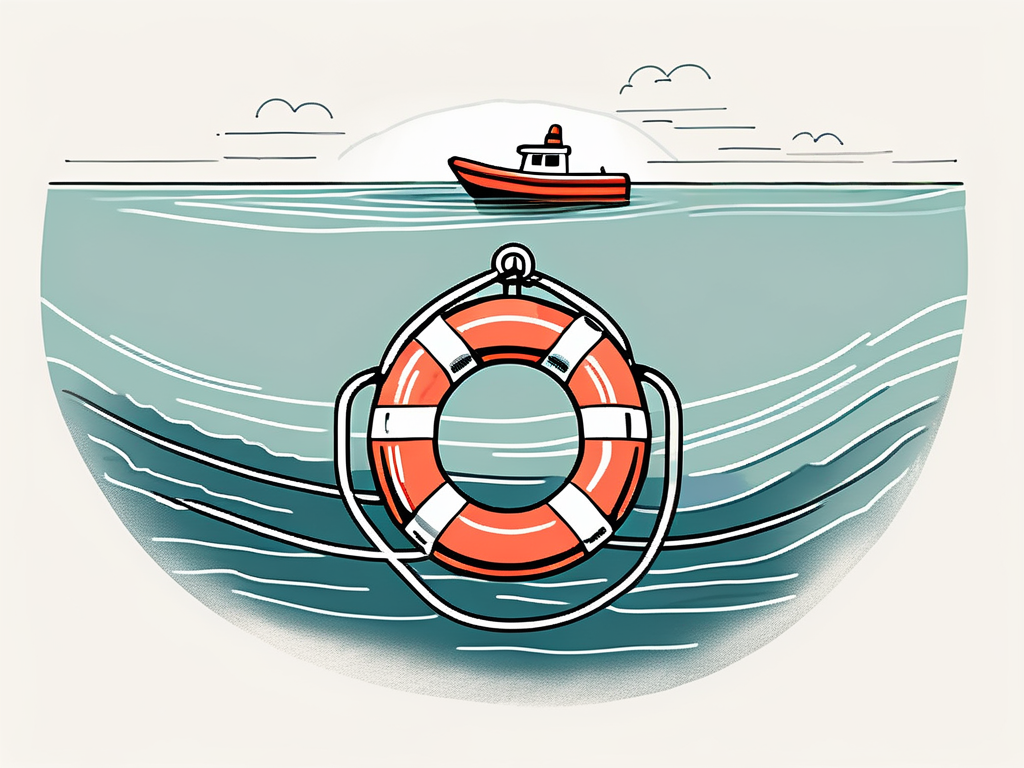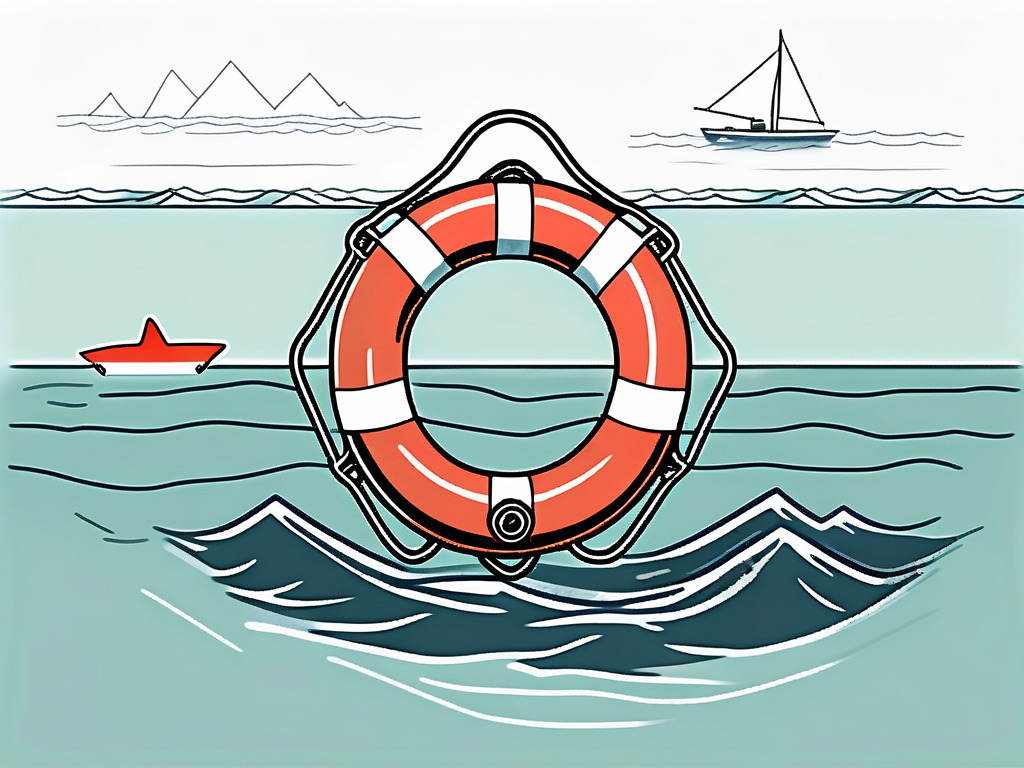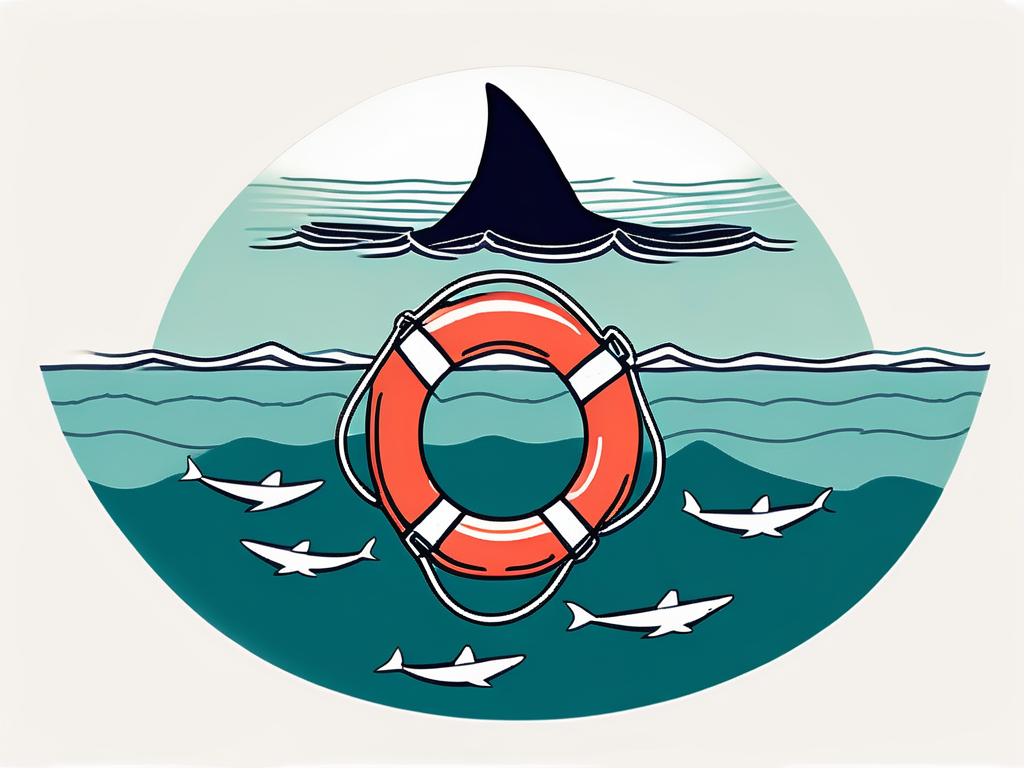Essential Open Water Safety Tips for Swimmers
Swimming in open water can be an exciting and enjoyable experience, but it's important to prioritize safety at all times. Whether you're a seasoned swimmer or a beginner, understanding the potential risks and taking necessary precautions is vital to ensure a safe and enjoyable water adventure. In this article, we will provide you with essential open water safety tips to keep in mind before diving in.
Essential Tips for Staying Safe in Open Water
Understanding Water Safety Signs: What You Need to Know
Before venturing into open water, it's crucial to familiarize yourself with water safety signs. These signs are designed to warn swimmers of potential hazards and provide important information. Whether it's indicating strong currents, dangerous marine life, or restricted areas, paying attention to these signs can help prevent accidents and keep you safe.

Additionally, it's essential to understand the meaning of different colored flags often used on beaches to communicate water conditions. For example, a red flag typically signifies high hazards and strong currents, advising swimmers to stay out of the water. On the other hand, a green flag indicates that conditions are safe for swimming. Being aware of these flags can further enhance your safety awareness while enjoying open water activities.
The Dangers of Fast-Flowing Water and How to Stay Safe
Fast-flowing water can pose significant risks to swimmers, even those who consider themselves strong and confident in the water. The force of the current can quickly sweep you away, leading to potentially life-threatening situations. To stay safe, it's important to avoid swimming in areas with strong currents and learn how to identify potential hazards before entering the water.
Moreover, understanding the concept of rip currents is crucial for open water safety. These powerful, narrow channels of fast-moving water can pull swimmers away from the shore. If caught in a rip current, it's important not to panic and swim parallel to the shore until you are out of the current's grip. By being aware of rip currents and fast-flowing water dangers, you can better protect yourself while enjoying water activities.
Why 'Tombstoning' Is a Risky Move in Open Water
Tombstoning, a popular but dangerous activity among thrill-seekers, involves jumping or diving from cliffs, bridges, or other high structures into open water. This risky move can lead to serious injuries, including spinal cord damage or even death. It's crucial to understand the dangers associated with tombstoning and avoid participating in such activities.
Furthermore, the impact of tombstoning goes beyond individual risks, as it can also endanger others in the vicinity and put strain on emergency services. By choosing safer alternatives for enjoying open water, such as designated diving areas with proper depth markers and safety measures, you can still have an exhilarating experience while prioritizing your well-being and that of those around you.
The Buddy System: Why You Should Never Swim Alone
The Importance of Having a Swimming Buddy
Swimming alone in open water is never recommended. Having a swimming buddy can significantly reduce the chances of accidents and provide immediate assistance in case of an emergency. Whether it's a friend, family member, or fellow swimmer, always make sure to swim with a buddy and keep an eye on each other throughout your water adventure.

Swimming with a buddy not only enhances safety but also adds to the overall enjoyment of the experience. Sharing the thrill of exploring the water, spotting marine life together, and encouraging each other during the swim can create lasting memories and strengthen bonds. It's a great way to motivate each other to push boundaries while ensuring a safety net is always within reach.
How to Stay Safe in Cold Water Conditions
Cold water can be extremely dangerous, even for experienced swimmers. It can cause rapid exhaustion and increase the risk of hypothermia. To stay safe in cold water conditions, it's essential to wear proper protective gear, such as a wetsuit, and be aware of your body's limitations. Additionally, make sure to acclimate your body to the water gradually and be prepared to exit the water if you start experiencing any discomfort or numbness.
Understanding the effects of cold water on the body is crucial for safe swimming. Cold water can constrict blood vessels, making muscles stiffer and reducing dexterity. It can also impair judgment and coordination, increasing the likelihood of accidents. By being mindful of these risks and taking necessary precautions, such as staying hydrated and maintaining a steady pace, swimmers can enjoy the invigorating challenge of cold water swimming while prioritizing their well-being.
Boating or Fishing? The Importance of Wearing a Buoyancy Aid
Choosing the Right Buoyancy Aid for Your Water Activities
When engaging in water activities such as boating or fishing, it's crucial to wear a buoyancy aid. A buoyancy aid provides extra support and helps keep you afloat in case of accidental falls or emergencies. The type of buoyancy aid you choose should be suitable for the specific water activity you're participating in. Always consider the water conditions and potential risks before setting off.
Moreover, it's essential to ensure that your buoyancy aid fits properly and is in good condition. A well-fitted buoyancy aid will not only provide the necessary support but also allow for comfortable movement during your water activities. Regularly inspect your buoyancy aid for any signs of wear and tear, and replace it if needed to maintain its effectiveness.
Knowing How to Assist Others in Water Emergencies
In open water, emergencies can happen unexpectedly, and knowing how to assist others can make a significant difference. Understanding basic water rescue techniques, such as throwing a floatation device or providing support to someone in distress, can help save lives. Consider taking a water rescue course to enhance your skills and confidence in assisting others during emergencies.
Furthermore, it's crucial to remain calm and focused during water emergencies to provide effective assistance. Panic can escalate the situation and hinder rescue efforts. By staying composed and following proper rescue protocols, you can help ensure the safety of yourself and others in distress. Remember, quick thinking and decisive actions can be lifesaving in water emergencies.
Top Rules to Follow for Open Water Safety
- Never swim alone. Always have a swimming buddy.
- Observe and understand water safety signs.
- Avoid swimming in areas with strong currents.
- Avoid tombstoning or participating in any risky activities.
- Wear a buoyancy aid when boating or fishing.
- Be aware of cold water conditions and wear appropriate protective gear.
- Equip yourself with basic water rescue knowledge.
- Stay vigilant and be prepared to respond in case of emergencies.
By following these essential open water safety tips, you can significantly increase your chances of having a safe and enjoyable swimming experience. Remember, prioritizing safety should always be the top priority, no matter how experienced or confident you may be as a swimmer. Stay informed, prepared, and never hesitate to seek assistance when needed. Enjoy the beauty of open water while ensuring your own well-being!

Moreover, it's crucial to be mindful of the local wildlife when swimming in open water. Some bodies of water may be home to various aquatic creatures, such as jellyfish, stingrays, or even sharks, depending on the region. Understanding the potential risks associated with these animals and knowing how to react if you encounter them can help prevent any dangerous situations.
Additionally, before entering open water, it's advisable to check the weather forecast and be aware of any upcoming changes in conditions. Sudden storms or strong winds can create hazardous situations for swimmers, so staying informed about the weather patterns in the area is essential for your safety. Always err on the side of caution and avoid swimming if weather conditions are unfavorable or if there are any warnings in place.


















